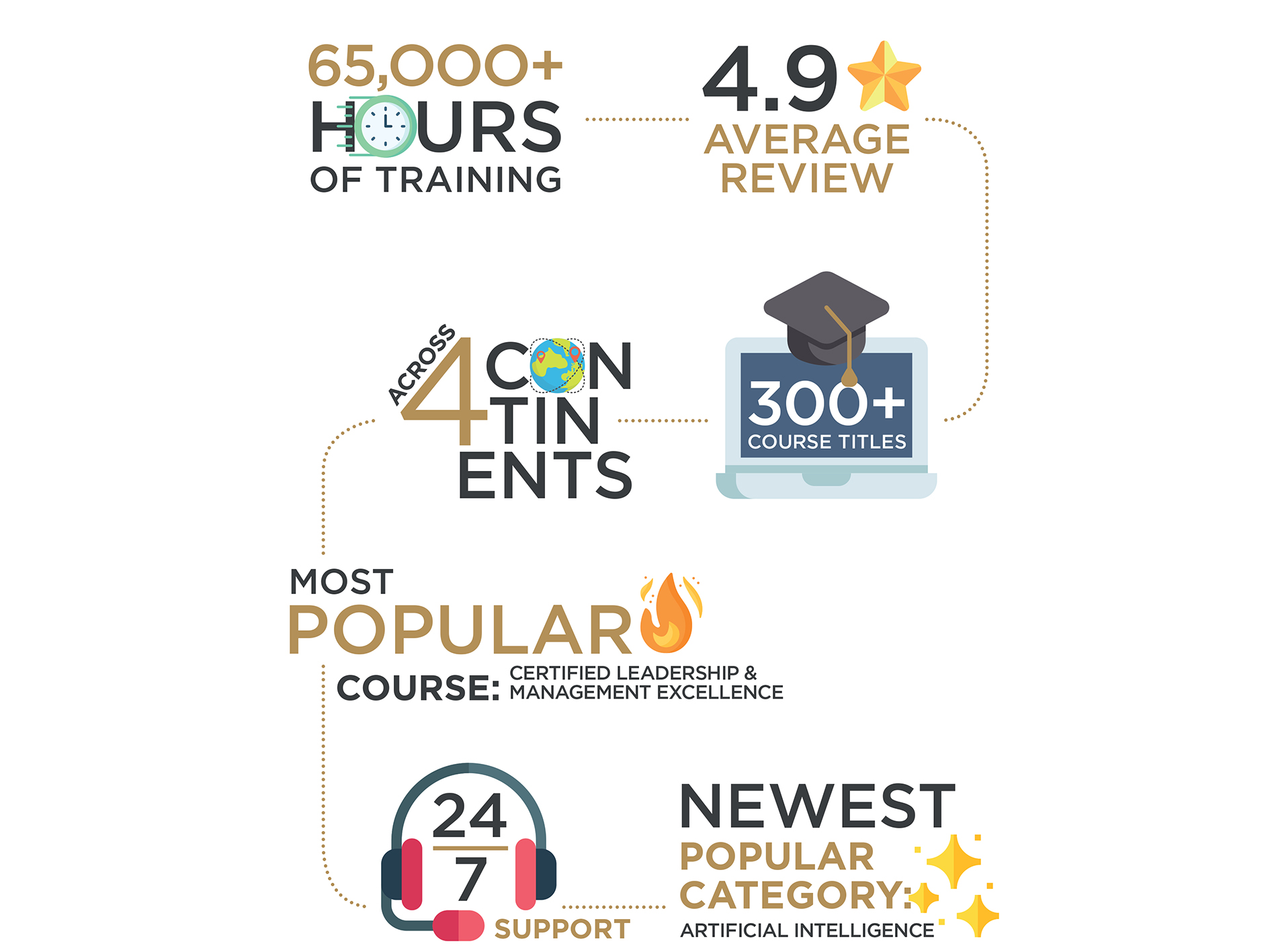How to effectively manage financial risk in a competitive environment
Financial Risk Management is the process of evaluating and managing current and possible financial risk at a firm as a method of decreasing the firm’s exposure to the risk. Financial risk managers must identify the risk, evaluate all possible remedies, and then implement the steps necessary to alleviate the risk. These risks are typically remedied by using certain financial instruments as a method of counteracting possible ramifications.
Financial risk management cannot prevent a firm from all possible risks because some are unexpected and cannot be addressed quickly enough.
Financial Risk can be categorised into:
-
Market Risk:This is the risk arising from exposure to the financial markets and is linked to the uncertainties inherent in the markets.
-
Credit Risk:This is the risk arising from having lent money to a credit-unworthy entity or not being able to recover the loan lent t to an entity.
-
Liquidity Risk: This is the risk of not being able to meet your funding needs, not being able to liquidate assets whenever required.
-
Operational Risk:Any sort of risk that could potentially cause a loss to the firm but is not covered above is usually part of Operational Risk. Having said that, Operational Risk is often linked to the mistakes made by people, errors in systems or legal issues. Fraud and misdemeanor also fall under this umbrella.
Risk Management executives are hired across several types of firms:
-
Banks and Financial Institutions:Apart from the fact that these firms directly work with market fluctuations and manage huge assets, they are also mandated by regulatory authorities to stay within well-defined risk benchmarks. Hence, they need extensive Risk Management across divisions.
-
Consultants:Firms that find it difficult to have their own in-house Risk team often rely on consultants.
-
Large or Diversified conglomerates:Large or diversified firms have several divisions sometimes spread over many geographies, so it becomes essential to have a Risk team that keeps a watch over the entire gamut of operations. Risk teams of any other firm looking to minimize risks.
Financial risk management
Financial risks are associated with the financial structure of your business, the transactions your business makes and the financial systems you already have in place.
Identifying financial risk involves examining your daily financial operations, especially cash flow. If your business is too dependent on a single customer and they are unable to pay you, this could have serious implications for your business' viability.
Managing strategic risk involves five steps which must be integrated within the strategic planning and execution process in order to be effective:
-
Define business strategy and objectives. There are several frameworks that companies commonly use to plan out strategy, from simple SWOT analysis to the more nuanced and holistic Balanced Scorecard. The one thing that these frameworks have in common, however, is their failure to address risk. It is crucial, then, that companies take additional steps to integrate risk at the planning stage.
-
Establish key performance indicators (KPIs) to measure results. The best KPIs offer hints as to the levers the company can pull to improve them. Thus, overall sales makes a poor KPI, while sales per customer lets the company drill down for answers.
-
Identify risks that can drive variability in performance. These are the unknowns, such as future customer demand, that will determine results.
-
Establish key risk indicators (KRIs) and tolerance levels for critical risks. Whereas KPIs measure historical performance, KRIs are forward-looking leading indicators intended to anticipate potential roadblocks. Tolerance levels serve as triggers for action.
-
Provide integrated reporting and monitoring. Finally, companies must monitor results and KRIs on a continuous basis in order to mitigate risks or grasp unexpected opportunities as they arise.
Are you thinking about financial risk management training andlooking for the right FRM course? Read more about financial risk management courseswe can offer you.
All Courses
 Business Administration
Business Administration
 Chemical Engineering
Chemical Engineering
 Communications and Public Relations (PR)
Communications and Public Relations (PR)
 Compliance and Legal
Compliance and Legal
 Contract and Project Management
Contract and Project Management
 Customer Experience and Relationship Management
Customer Experience and Relationship Management
 Energy and Sustainability
Energy and Sustainability
 Finance and Accounting
Finance and Accounting
 Health, Safety and Environment
Health, Safety and Environment
 Human Resources and Talent Development
Human Resources and Talent Development
 Industrial Manufacturing and Production
Industrial Manufacturing and Production
 Innovation and Artificial Intelligence (AI)
Innovation and Artificial Intelligence (AI)
 Leadership and Management
Leadership and Management
 Oil and Gas
Oil and Gas
 Procurement & Supply Chain Management
Procurement & Supply Chain Management
 Quality and Productivity
Quality and Productivity
 Retail and E- Commerce
Retail and E- Commerce
 Sales and Marketing
Sales and Marketing
 Strategy and Business Planning
Strategy and Business Planning
 Sustainability and CSR
Sustainability and CSR
Learning Solutions
iLearn Blog
About Us
 Directory Calendar
Directory Calendar
 Contact Us
Contact Us
All Courses
 Business Administration
Business Administration
 Chemical Engineering
Chemical Engineering
 Communications and Public Relations (PR)
Communications and Public Relations (PR)
 Compliance and Legal
Compliance and Legal
 Contract and Project Management
Contract and Project Management
 Customer Experience and Relationship Management
Customer Experience and Relationship Management
 Energy and Sustainability
Energy and Sustainability
 Finance and Accounting
Finance and Accounting
 Health, Safety and Environment
Health, Safety and Environment
 Human Resources and Talent Development
Human Resources and Talent Development
 Industrial Manufacturing and Production
Industrial Manufacturing and Production
 Innovation and Artificial Intelligence (AI)
Innovation and Artificial Intelligence (AI)
 Leadership and Management
Leadership and Management
 Oil and Gas
Oil and Gas
 Procurement & Supply Chain Management
Procurement & Supply Chain Management
 Quality and Productivity
Quality and Productivity
 Retail and E- Commerce
Retail and E- Commerce
 Sales and Marketing
Sales and Marketing
 Strategy and Business Planning
Strategy and Business Planning
 Sustainability and CSR
Sustainability and CSR
Learning Solutions
iLearn Blog
About Us
 Directory Calendar
Directory Calendar
Contact Us














































 Course Venue
Course Venue